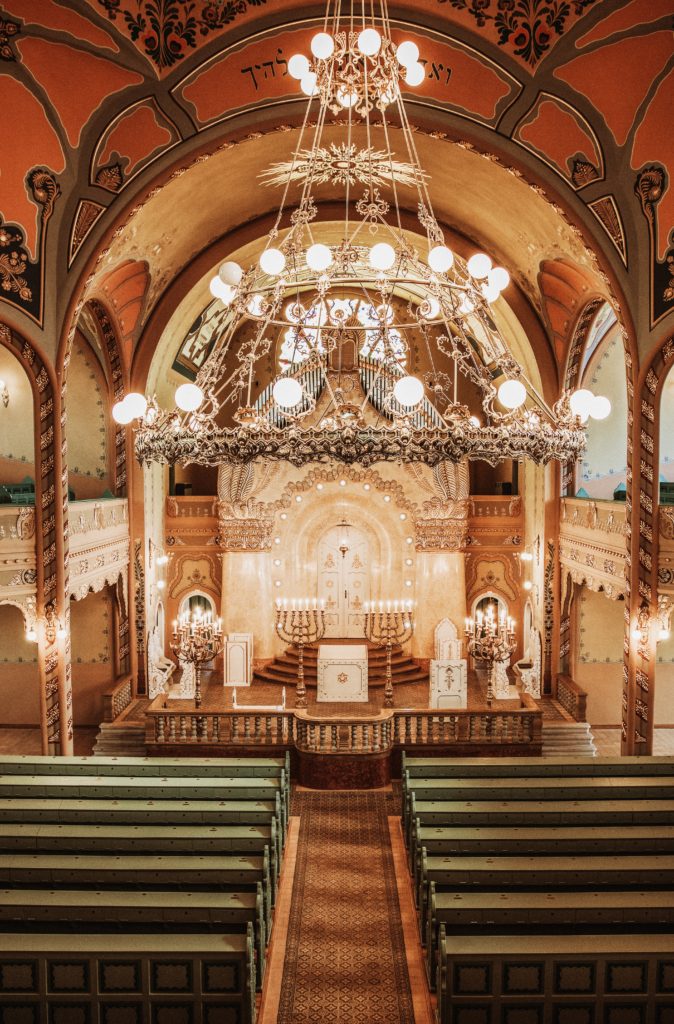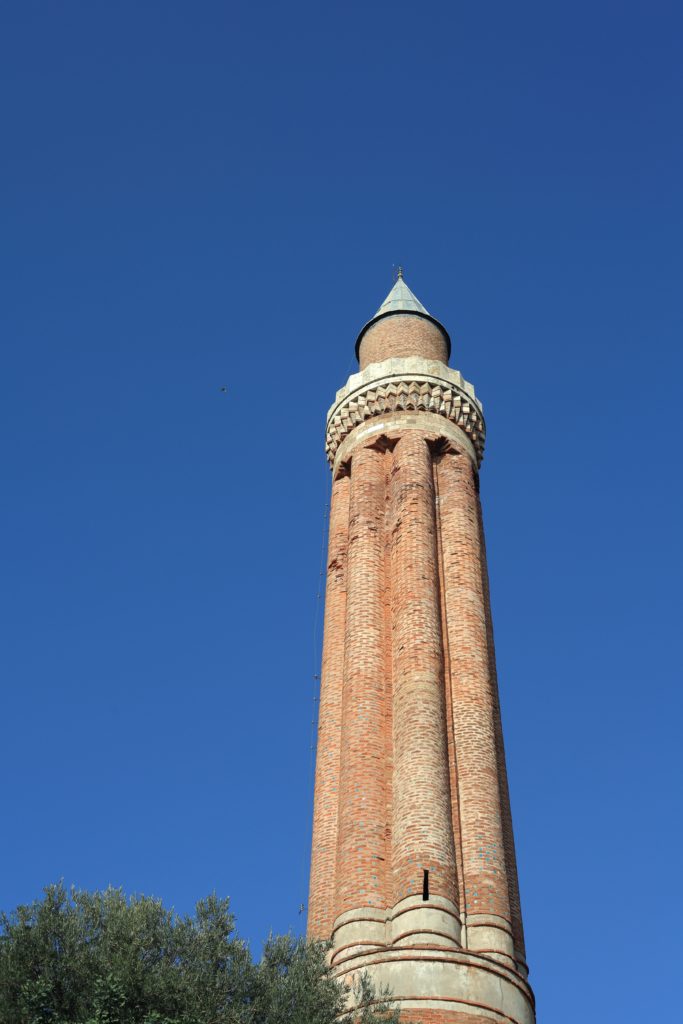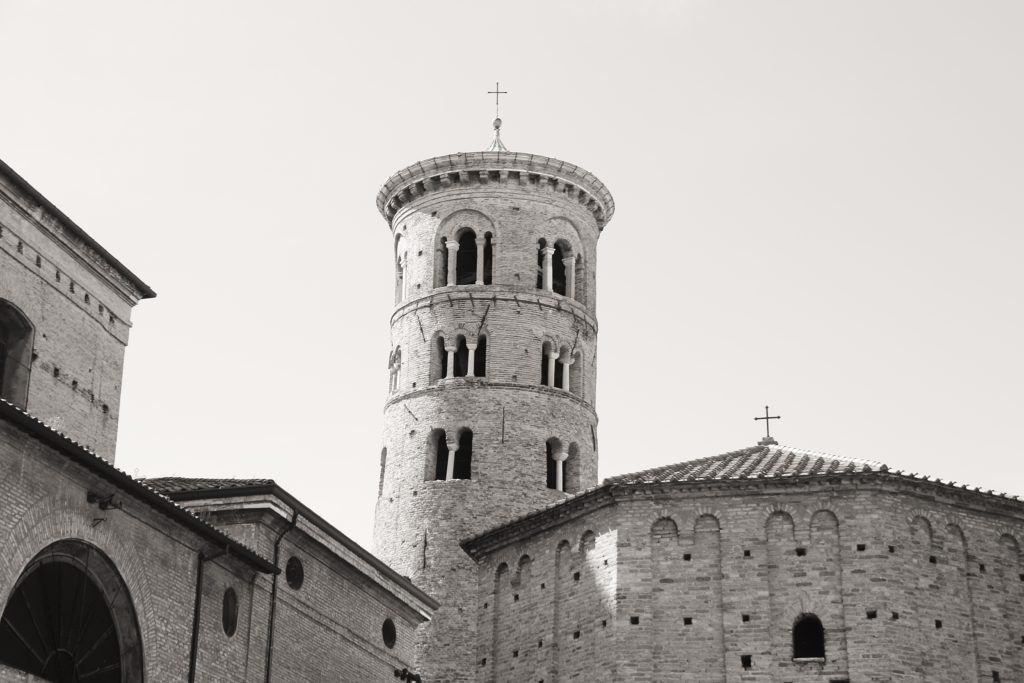A Highlight from Classical Arabic Literature: The Intercultural Warrior Journey of Ibn Fadlan
The winter holiday season is an excellent time for revisiting favorite classics that continue to entertain and intrigue us year after year. One of my all-time favorites from classical Arabic literature is the travel account of Ibn Fadlan. (Especially during this social-distancing time, this selection offers fun reading AND a chance to travel virtually!)
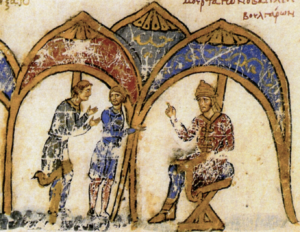
Here we’ll take a brief look at Ibn Fadlan’s journey, including the Volga Bulghars and other groups he encountered on his travels:
This is the Book (kitab) of Ahmad ibn Fadlan ibn al-‘Abbas ibn Rashid ibn Hammad client (mawla) of Muhammad ibn Sulayman, emissary of al-Muqtadir to the King of the Saqalibah
So begins Ibn Fadlan’s invaluable account of his travels as a representative of the tenth-century ‘Abbasid kingdom. He had resided in Baghdad, was well educated in the Islamic sciences, and possibly a faqih (like a Doctor of Law). As emissary, Ibn Fadlan’s responsibilities included representing the Caliph, reading letters aloud, presenting gifts, and supervising the jurists and teachers whom the caliph had sent in response to the Bulghar king’s request. It seems that he had vital multilingual skills. The ‘Abbasid Empire was in regular contact with the Slav world, the Byzantine world, central Asia, the Far East, and the Christian West. Diplomatic missions in western and central Asia were common from both the ‘Abbasid and Byzantine courts. By the early eighth century, Arabic had come to replace Byzantine Greek and Persian influences in the Volga Bulghar and other Central Asian Turkish populations.
Setting out on Thursday, 11 Safar 309 AH / 21 June 921 CE, the embassy of the Caliph al-Muqtadir traveled along the Khurasan Road. When they reached Bukhara (in present-day Uzbekistan), capital of the Samanids, they met with the Amir of Khurasan to obtain letters for safe passage and for an escort from the Turks. After many days of travelling only partial days due to the cold, they arrived in Khwarizm, where the Samanid governor provided permission to enter the land of the Turks, but warned them cryptically of the presence of many tribes of unbelievers. At least four of the group remained behind out of fear of entering the territory of the Turks.
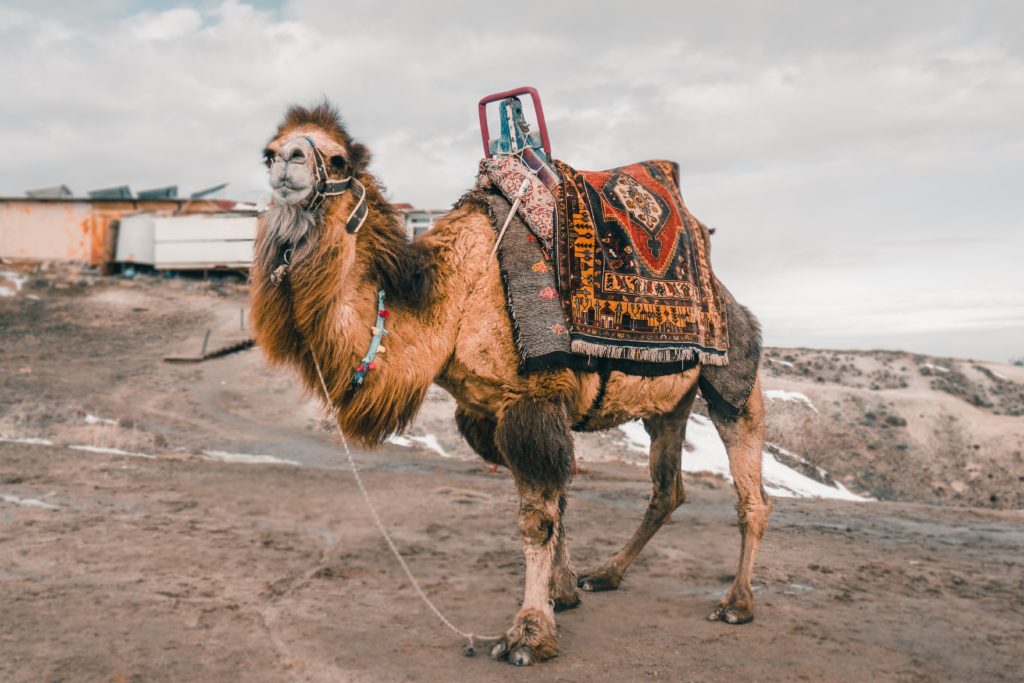
Ibn Fadlan continued with the ambassador, the ambassador’s brother-in-law, and two servants. They purchased “Turkish” camels (the two-humped Central Asian or Bactrian camel) and had collapsible camel-skin boats made in preparation for later river crossing. In Ibn Fadlan’s travel account, frequent topics include beliefs and common practices, sanitary customs, and social organization. Coming from a culture comparatively strict about cleanliness, he disgustedly observes the absence of washing after activities in bathroom or bedroom. He also notices the lack of veils or concealing clothes on women.
Oghuz Turks:
Muslims stayed as houseguests with their acquaintances when they passed through the territory of the Oghuz Turks, bringing gifts for their hosts and their hosts’ wives. Oghuz hospitality included the provisions of a tent and sheep, according to rank, as well as mounts and money for guest merchants. Ibn Fadlan writes about a gathering of elders who discussed the travelers’ passage, incredulously remarking: “This is something we have never seen, nor heard of. No envoy of a caliph (sultan) has ever passed through our country in our time or in the time of our fathers” (McKeithen, “The Risalah of Ibn Fadlan: An Annotated Translation with Introduction,” Diss. Indian U. 1979: 72). They suspected the caliph of sending spies, with the object of raising an army against them, and they considered murdering, plundering, or exchanging the travelers for hostages from the Khazars. After being held in detention, Ibn Fadlan’s party left gifts with their hosts and continued their journey.
Volga Bulghars:
They reached the Saqalibah (Volga Bulghars) on 12 Muharram 310 AH/ 12 May 922 CE. A day and a night’s journey from their destination, the travelers were met by four rulers, sent from the king of the Saqalibah. The Turkic and Mongol system of four princes originates from the Central Asian shamanists’ sacred concept of four, manifesting itself also in the four cardinal directions and four quarters of the universe. The Volga Bulghars had been alternately allies and enemies to the Romans since the fifth century, eventually being incorporated into the Khazar tribal confederation. In the 7th century, they ceased being vassals to the Khazars, moving north to establish their independence. Ibn Fadlan’s presence was to facilitate this independence.
King Yiltawar met them, prostrating with a Muslim greeting, ritually showering money on them from his sleeve, and then pitching tents for them. Four days later, the tribal leaders had been assembled. Ibn Fadlan dressed the king in a turban and black clothing before meeting with him and his leaders. Ibn Fadlan read the caliph’s letter aloud, directing them to stand for the reading of the caliph’s letter; King Yiltawar and his leaders returned the Muslim responses to the greeting and conclusion of the letter. The Bulghar king had accepted Islam in the early tenth century. He had requested the caliph “send someone who would instruct him in religion, acquaint him with the laws of Islam, build a mosque for him, and raise a pulpit (minbar) for him from which he would mention his name in his city and throughout his kingdom, and asked him to build a fortress in which he would defend himself against those kings who [were] at odds with him” (McKeithen, “The Risalah of Ibn Fadlan: An Annotated Translation with Introduction,” Diss. Indian U. 1979: 25). Declaration of the caliph’s name in the khutba (Muslim prayer session or sermon) proved invaluable to the ‘Abbasid ruler’s sovereignty over vast territories.
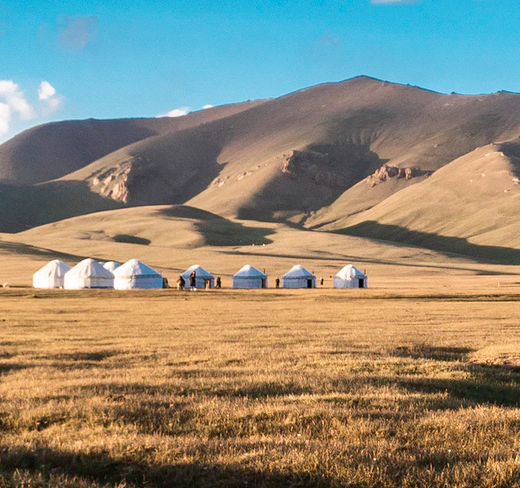
The Bulghars lived in tents or yurts as part of their semi-nomadic lifestyle, with the king in the largest. Their encampment was located near an international trading place at a bend in the Volga. Some of them were merchants, traveling to the land of the Turks to acquire sheep, and obtaining sable and black fox furs from the Wisu (the Ves, a Finnish people located near Beloye Lake).
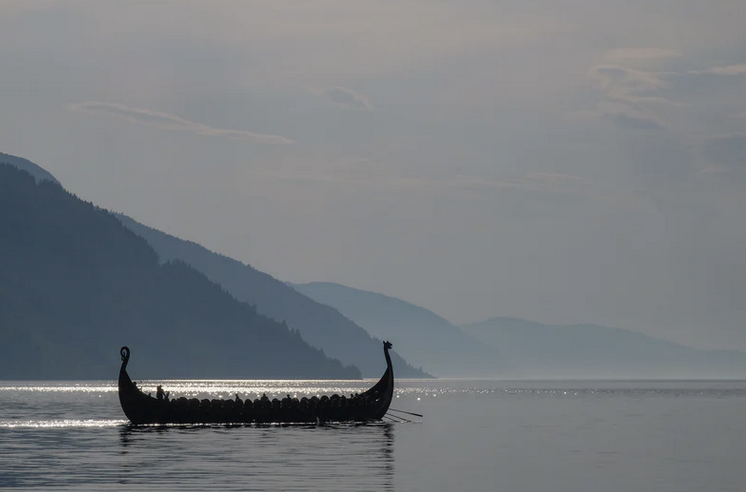
The Rus:
On the River Atil, Ibn Fadlan saw the Rus (ar-Rusiyah), who were on their trading missions. He noticed these merchant-warriors’ blond hair, ruddy complexions, weapons, and tattoos. Though the identity of the Rus remains ambiguous, we know them in the tenth century as Scandinavian traders in northern Russia. “‘In 839 the Rus were Swedes; in 1043 the Rus were Slavs” (Montgomery, “Ibn Fadlan and the Rusiyyah,” Journal of Arabic and Islamic Studies 3 (2000): 6). The Swedish Rus becoming absorbed into the Slavic population and the use of ‘ar-Rus’ to apply to these Slavic peoples proceeded in an unknown manner. The Rus eventually converted to Christianity: there was a Christian church in Kiev by 867. However, the Islamic empire continued to have cultural, religious, and economic influence on and around the Rus.

Synagogue 
Minaret 
Church
Khazars:
The fur trade from the north, through the Volga Bulghars’ territory, and then throughout the Near East, began around the fifth century, peaking in the late eighth century when either directly or indirectly virtually the whole of this network was under Khazar control. In approximately the eighth century, the Khazars converted to Judaism. In 737, the Khazar qaghan agreed to become a Muslim and subject to the caliph, and throughout Khazar history, the alliance contained Christian subjects. In this way, the successful Khazars provide an exceptional example of a diverse society in the Volga region.

Ibn Fadlan’s account offers some of the world’s first ethnographic observation, with a host of details invaluable to students of history. However, it also provided the inspiration for two renditions in U.S. popular culture: Michael Crichton’s fast-paced novel, Eaters of the Dead (2006), and the action film The Thirteenth Warrior (1999), starring Antonio Banderas.

For more on Ibn Fadlan, check out: “The Remarkable Account of Ibn Fadlan,” Aramco World 1999
To get your own copy:
English: Translation by James Montgomery (Library of Arabic Literature 2017) here
Arabic: Free Arabic PDF from Library of Arabic Literature (edited by Tim Mackintosh-Smith and James Montgomery) here
Arabic: Another edition in Kindle format here
Arabic e-pub (free) and paperback available from Neelwafurat here
Want to read more? See a professor’s post here about the LAL edition and his use of Ibn Fadlan’s writing in courses he teaches.

